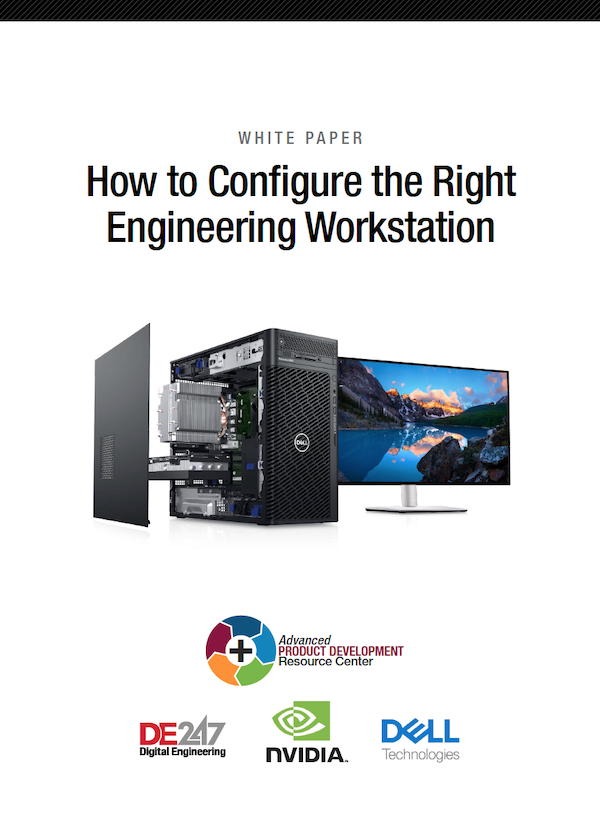
September 15, 2023
Product design has grown more complex and demanding. In the past, CAD, simulation, rendering, visualization and other tasks operated in distinct operational silos with their own workflows, but those lines are blurring.
As a result, design engineers are tasked with doing more than just CAD work. Increasingly, they are performing advanced simulation and analysis, as well as visualization and rendering as part of their day-to-day development workflows.
In this white paper, we will explain how key components affect engineering productivity and offer high-level guidance on configuring a professional engineering workstation based on typical workflows.
Download today
Latest News

Skip the Mesh, Print from CAD
Skipping the mesh and printing from CAD, some argue, is long overdue.
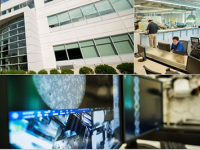
SPEE3D Collaborates With Northeastern University Kostas Research Institute
Purpose of collaborative effort is to bring additive manufacturing to students and military.
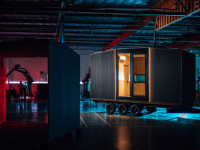
Azure Printed Homes Launches $4.2 MM Crowdfunding Campaign
Company named a 2025 SXSW Innovation finalist in Urban Experience for Sustainable Homes
JT File Importer Updated in KISTERS 3D CAD Visualization App
The new JT importer maximizes efficiency under multithreading demands.

Altair and Cranfield University Sign Simulation-Focused MoU
Organizations agree to advance use of simulation, data analytics, and AI.

Role of Additive Manufacturing Through 2030
The global market for aerospace additive manufacturing is estimated at US$1.2 billion in 2023 and is projected to reach US$3.8 billion...
All posts
Related Topics
New & Noteworthy
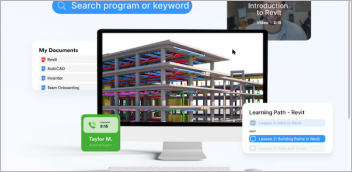
New & Noteworthy: Future-Proof Foundation for Employee Training and Education
Eagle Point Software's Peak Experience for Pinnacle Series adds AI chat, improved...
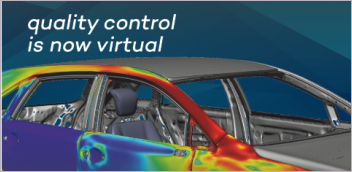
Eliminate Physical Clamping – With Simulation
The Virtual Clamping tool in ANSA (VCA) from BETA CAE Systems eliminates...
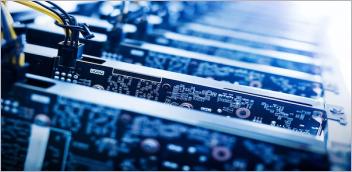
New & Noteworthy: Fast, Flexible and Scalable Simulation – In the Cloud
Ansys Access on Microsoft Azure enables seamless deployment of industry-leading simulation tools...
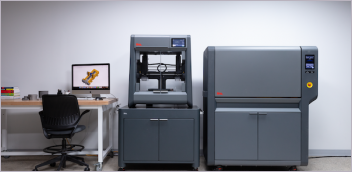
New & Noteworthy: Safe, Cost-Effective Metal 3D Printing - Anywhere
Desktop Metal’s Studio System offers turnkey metal printing for prototypes and...
